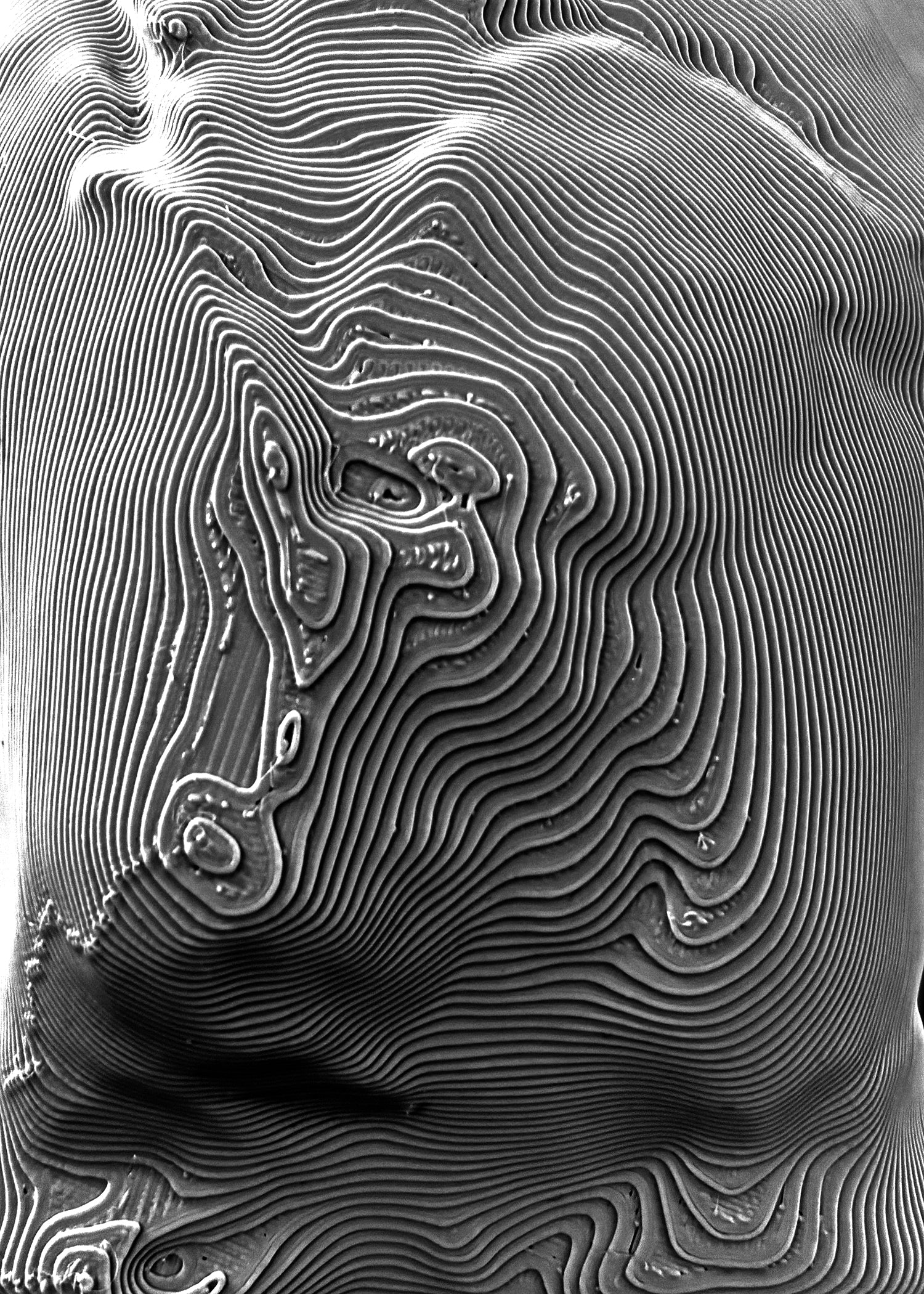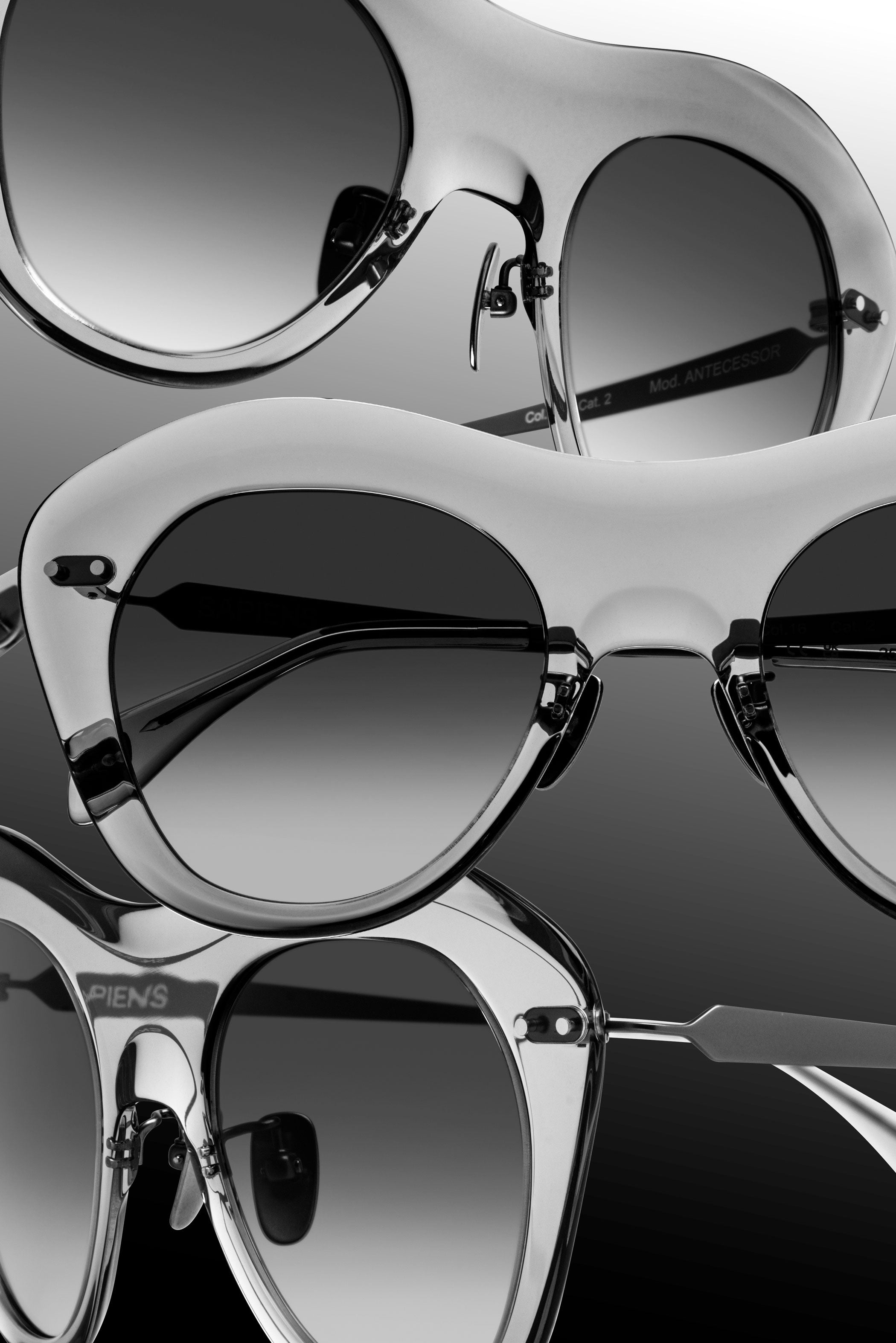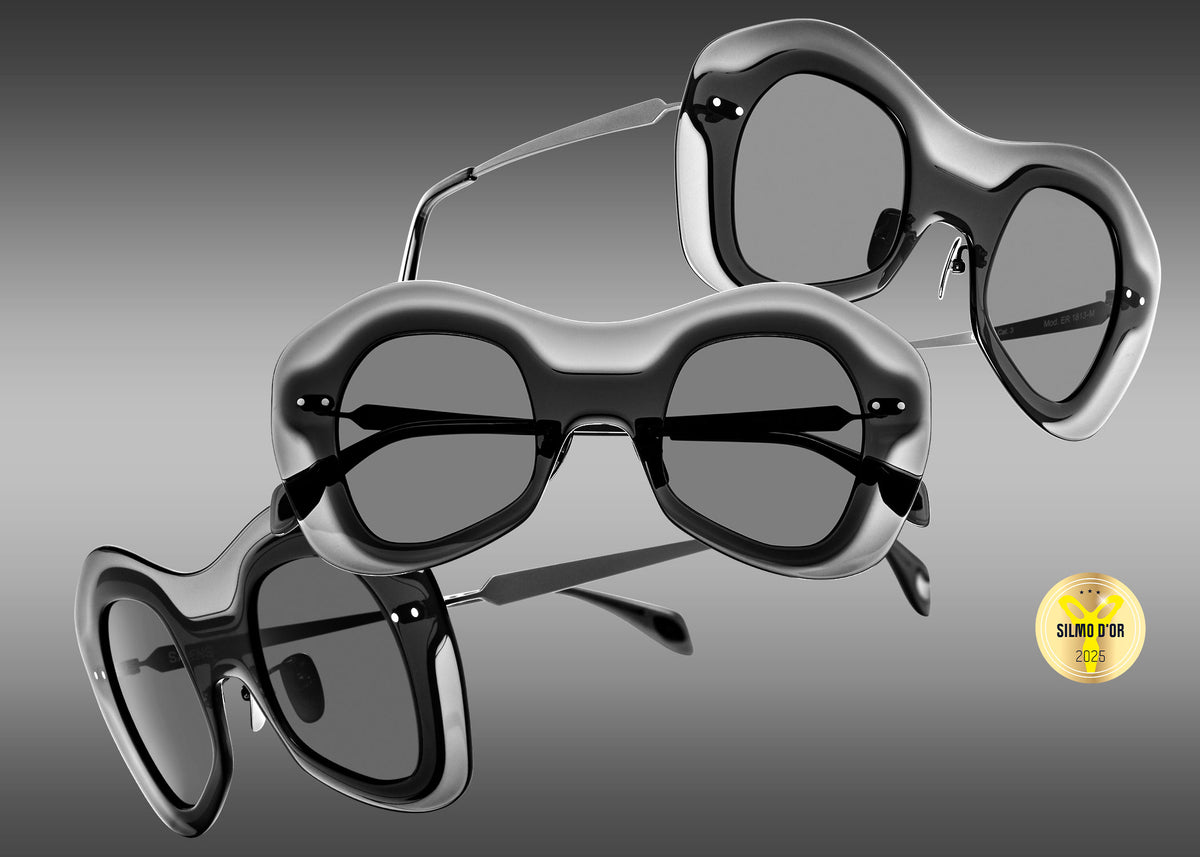
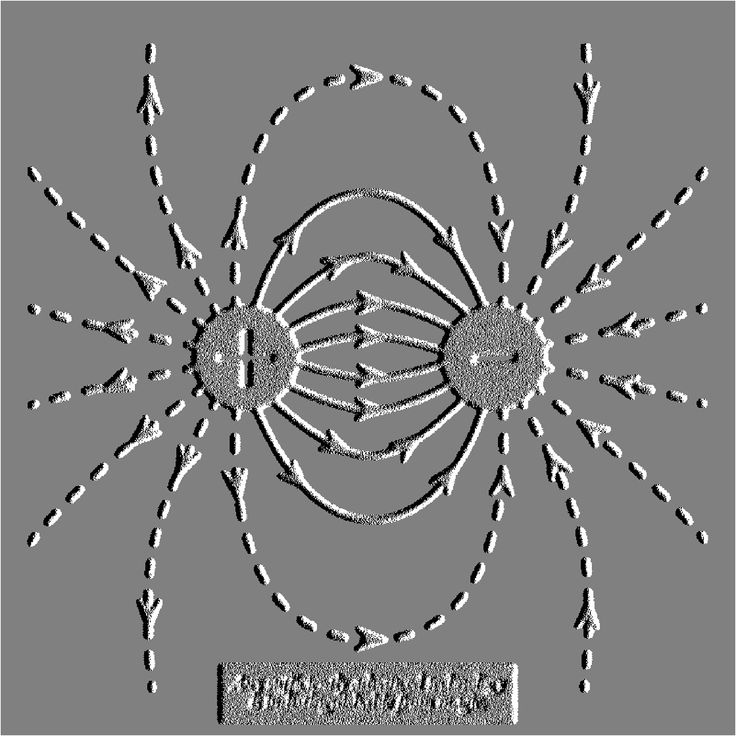
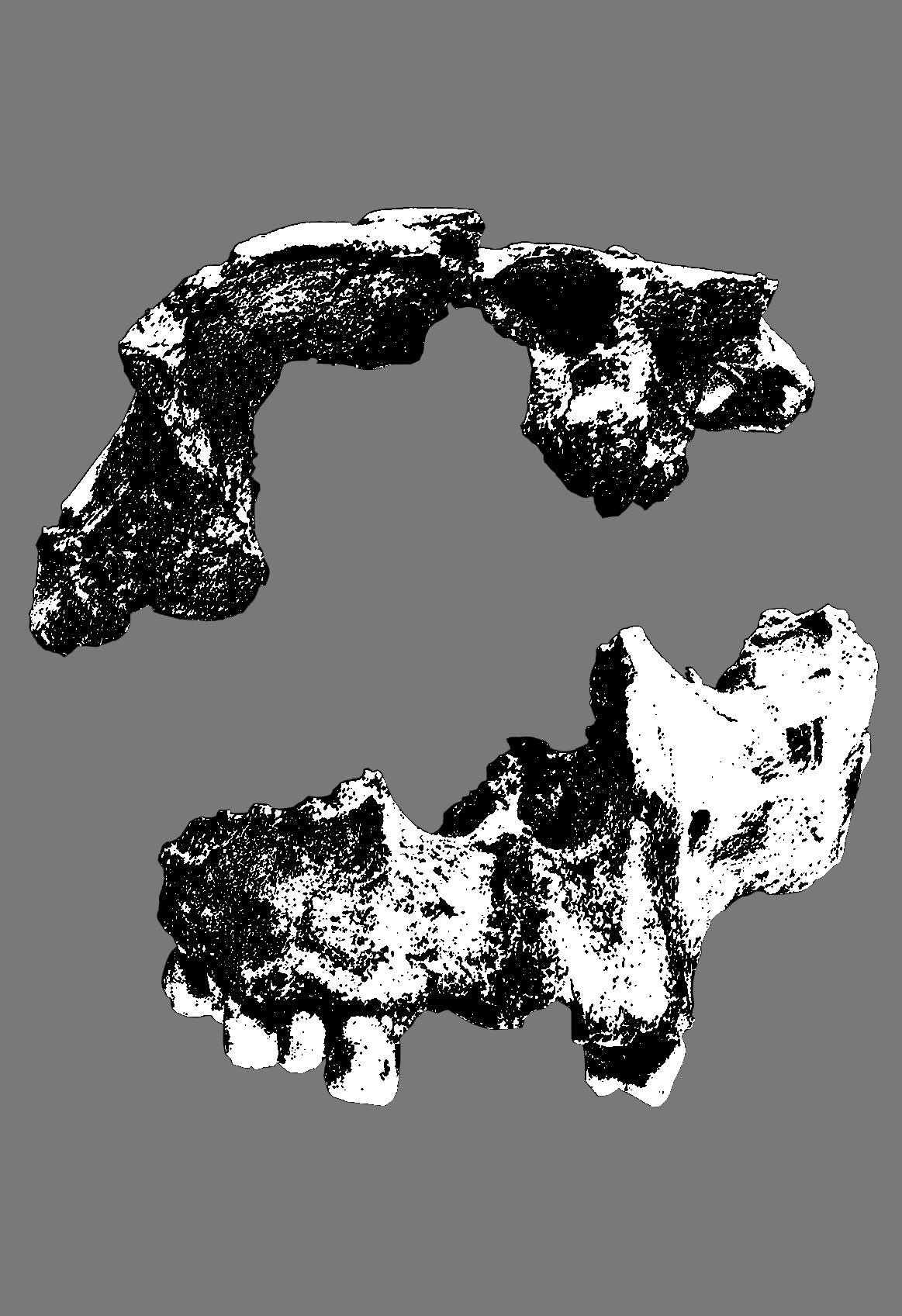
Inspired by the skull of Homo habilis KNM-ER1813, the ER-1813 M transforms paleoanthropological forms into a Contemporary “mask-style” frame. Every curve, from the brow ridges to the eye sockets, informs its design, creating eyewear that is both audacious and wearable — even with prescription lenses.
-
Crafted in ultra-thin bio-acetate with beta-titanium temples and hypoallergenic raw titanium nose pads, the frame combines lightweight comfort with a bold, minimalist aesthetic
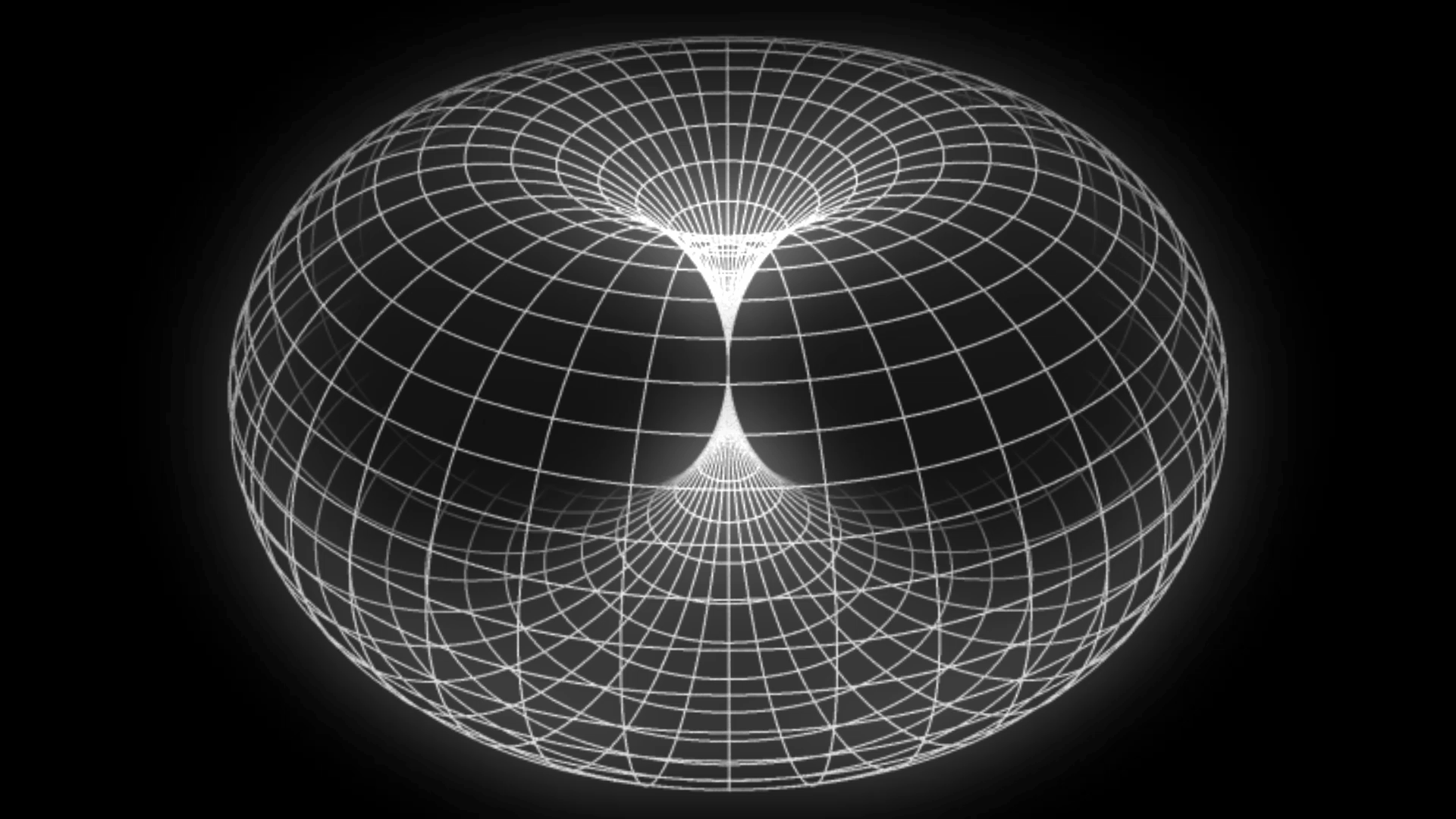
The attempts using uranium–thorium, cosmogenic, electron spin resonance, paleomagnetism and optically stimulated luminescence dating techniques suggests Homo antecessor specimen was living in between 1.2 and 0.8 million years ago, during Early Pleistocene.
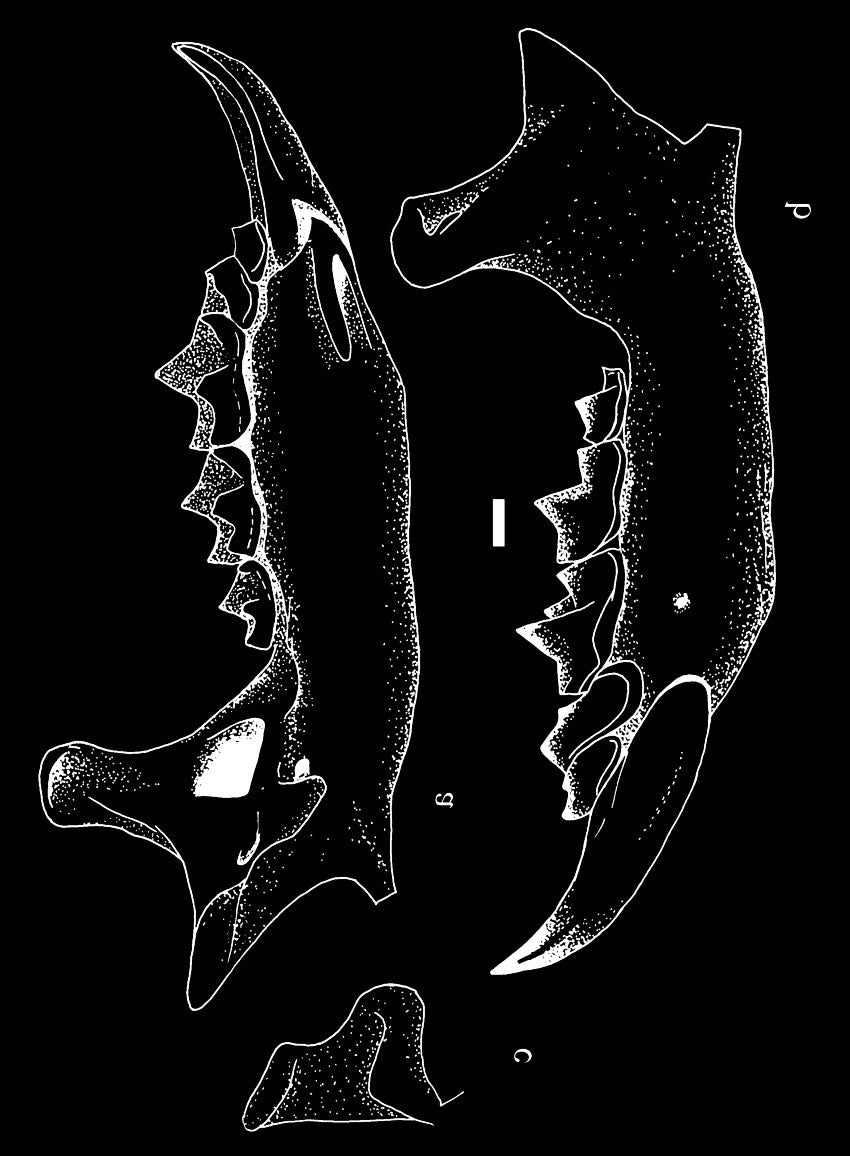
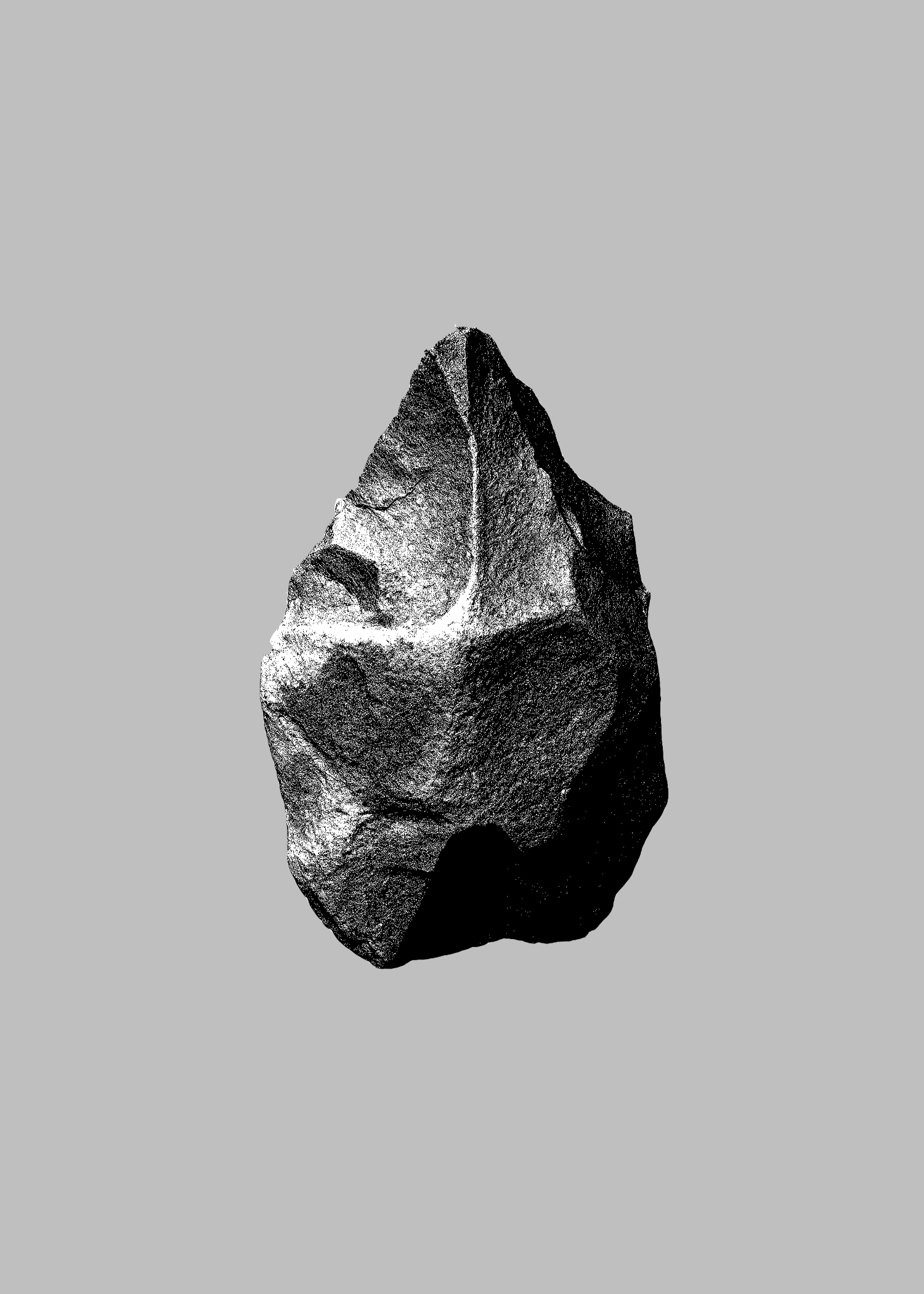
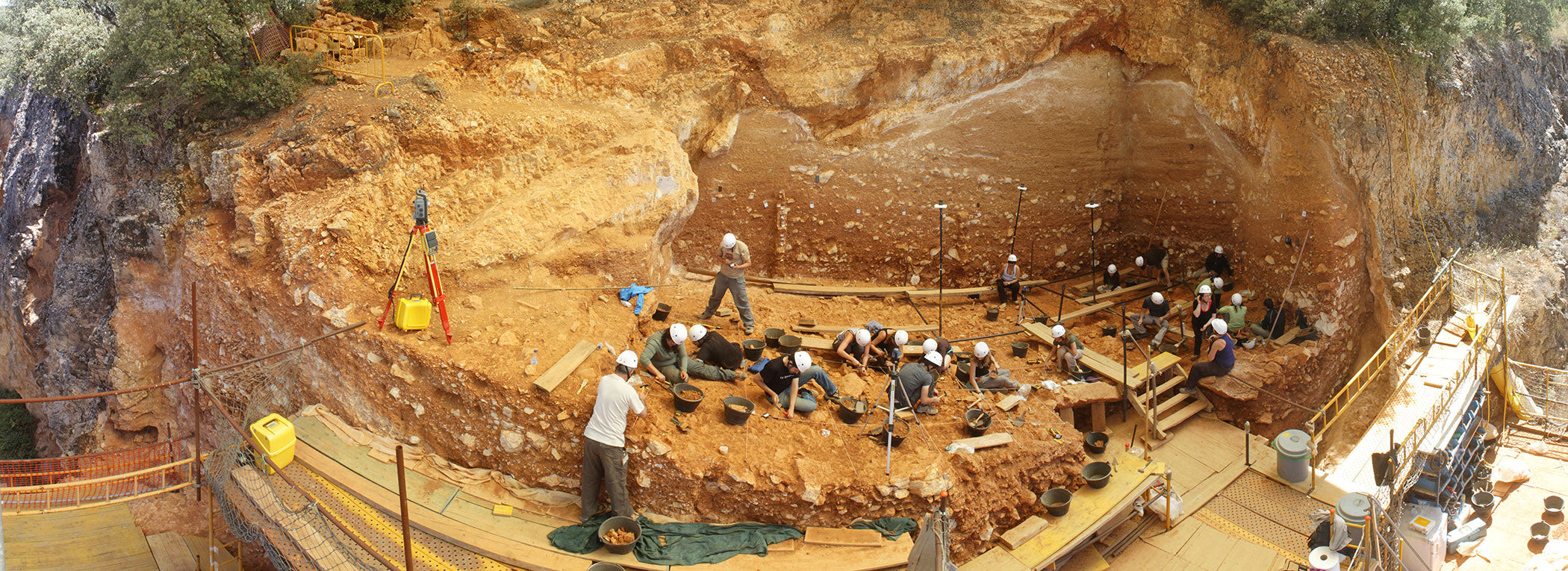
The design of Antecessor model is inspired by the fossils of a frontal bone and maxilla, founded in Gran Dolina ATD6-15 and ATD6-69 sedimentary layers in Atapuerca archeological site. Spanish paleontologists José María Bermúdez de Castro, Eudald Carbonell, and Juan Luis Arsuaga, they found archaic human remains in 1997, they formally described these as a new species, Homo antecessor.
-
Gran_Dolina_2012_(Sierra_de_Atapuerca)-By-Mario-Modesto-Mata---Flickr-Gran-Dolina-2012-(Sierra-de-Atapuerca),-CC-BY-SA-2.0,-httpscommons.wikimedia
